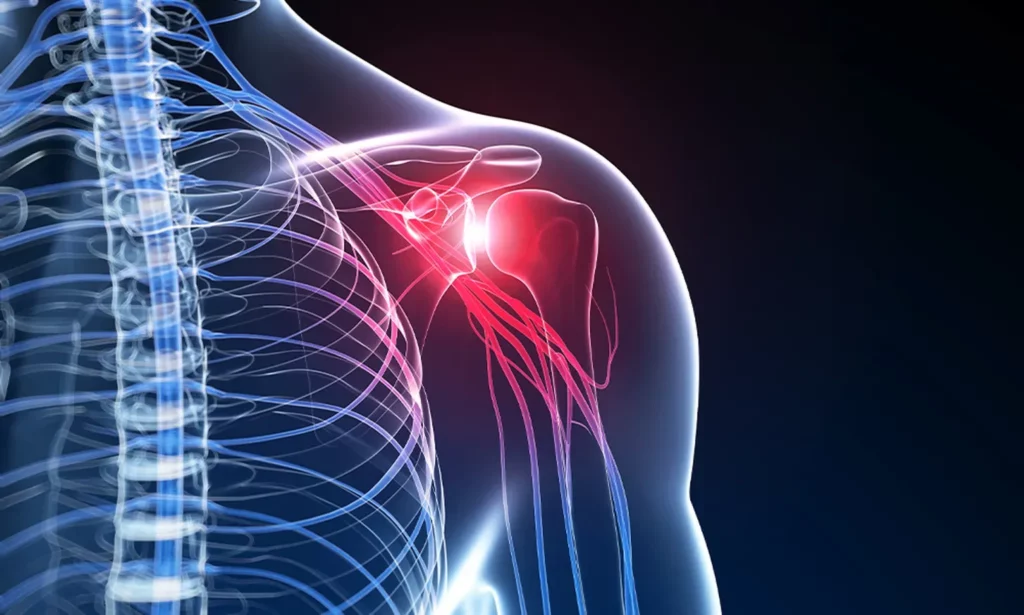Labral Tear

If you play sports or have a job requiring overhead movements, you’re at risk of developing a labral tear. As an expert in shoulder care and sports medicine, Paul Codjoe, MD, offers exceptional care for labral tears, beginning with an accurate diagnosis and including a customized treatment to meet your individual needs. If you have shoulder or arm pain and want to regain normal function, call the New Jersey office nearest you in Hamilton, Princeton, or Lawrenceville, or contact the office in Langhorne, Pennsylvania. You can also request an appointment using the online tool.
Labral Tear Q&A
Where does a labral tear occur?
The labrum is a ring of cartilage that holds your upper arm bone (humerus) in the shoulder socket. The socket isn’t deep enough to securely hold the humerus. The labrum circles around the socket, creating a deeper cup-like socket that envelopes the upper arm bone and stabilizes the joint.
What causes a labral tear?
The labrum may tear if it gets caught between the socket and humerus. However, most labral tears occur due to traumatic injuries such as:
- Falling on an outstretched arm
- Taking a blow to the shoulder
- Pulling your arm
- Dislocating your shoulder
- Reaching overhead to stop a fall
You can also tear the labrum through overuse injuries that stress the tissues by frequently repeating the same motions. For example, weightlifters and throwing athletes have a high risk of tearing the labrum because they perform repetitive overhead movements.
What symptoms develop due to a labral tear?
Many people notice a popping, grinding, or catching sensation when their labrum tears. You may also have any of the following:
- Pain when using your arm (especially for overhead activities)
- Pain when lifting objects
- Pain when lying on the affected side
- Limited range of motion
- Loss of arm strength
- Shoulder instability
- Shoulder dislocation
You could also have a labral tear and not experience any pain.
How is a labral tear diagnosed?
During your physical examination, Dr. Codjoe puts your shoulder through specific movements that cause symptoms, indicating a labral tear. A labral tear may or may not show up on an MRI or CT scan. In many cases, an accurate diagnosis requires arthroscopic surgery.
Dr. Codjoe makes a tiny incision and inserts a narrow arthroscope into the shoulder joint. A camera in the scope allows him to closely examine the labrum and identify tears.
How are labral tears treated?
Your treatment begins with resting your arm and taking anti-inflammatory medications. Dr. Codjoe may recommend a cortisone injection if needed to reduce inflammation and ease your pain. You also need physical therapy to restore the shoulder’s strength, range of motion, and stability.
If your symptoms persist despite conservative treatments, you may need arthroscopic surgery. During your surgery, Dr. Codjoe may only need to trim the labrum and clean away damaged tissues.
Or, you may need surgery to repair the labrum. During this procedure, Dr. Codjoe places anchors into the bone and reattaches the labrum, and the labrum heals in the appropriate position.
Rehabilitation after cleaning away damaged tissues begins right away with active exercises. Your recovery after surgical repair goes at a slower pace. At first, your physical therapist focuses on reducing inflammation and pain while performing passive exercises and massage. Then they begin active exercises about six weeks after repair surgery.
If you need expert care for shoulder pain, call Paul Codjoe, MD, or book an appointment online today.